The Weekly Reader: Spring is Here!
Spring is here! Well, almost. Purim is behind us, Pesach is just around the corner, the clocks have changed (which caught me by surprise, as usual), and tomorrow is the equinox, the official first day of spring. It’s a little-appreciated fact that the climate, weather, and change of seasons in Eastern Europe is much the same as we have here in North America—varying, of course, by region. Not so much in Australia, South Africa, or South America. But those of us in the United States or Canada get to experience the change of seasons much like our Eastern European forebears did. Let’s see what they had to say about it, shall we?
—Ezra Glinter, senior staff writer and editor
Spring Lingo
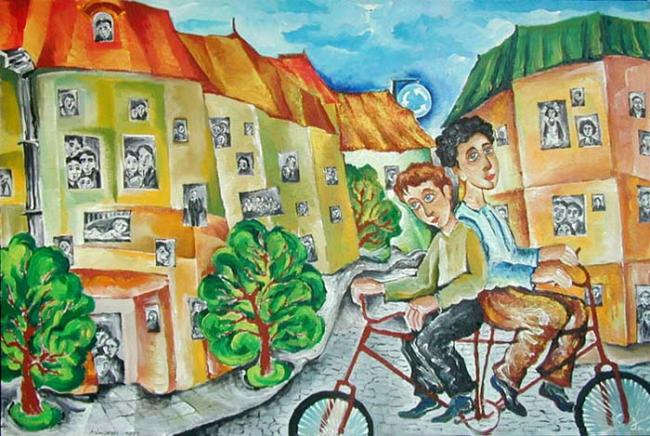
If we want to experience a real Yiddish springtime, we first have to learn the proper nomenclature. Here you can practice your grammar and vocabulary with the help of our monthly worksheet and a picture of two boys riding a rather impractical-looking bicycle.
Spring in Whitechapel
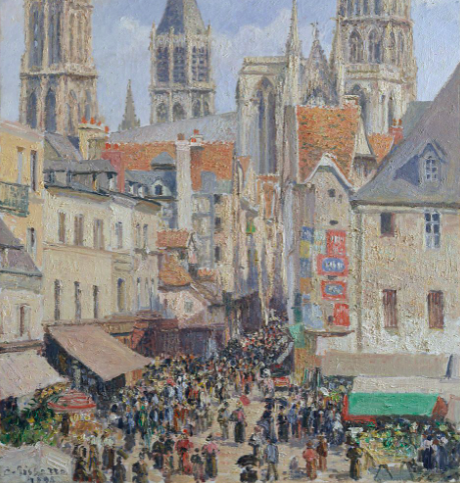
Arye Mayer Kaizer (1892–1967) was a Yiddish journalist who wrote humorous sketches about the immigrant and second-generation Jewish community living in Whitechapel, in London’s East End, for the daily newspaper Di tsayt (The Times). The East End, of course, was not known for its nature: it was crowded and dirty, and during the Depression workers, especially those in the tailoring trade, struggled to make ends meet. This sketch, published in Di tsayt on April 24, 1932, ruefully laughs at the difficulty in finding a patch of sky, a ray of sunlight, running water, freshly picked flowers, earth, air and light, and milk straight from the cow.
Eternal Spring
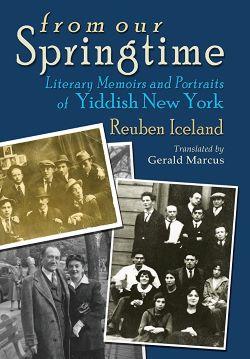
Like all of the seasons, spring is as much a metaphor as it is a time of year. Youth, renewal, rebirth—all of those themes are evoked by the thought of spring. And all of those themes are present in Reuben Iceland’s From Our Springtime: Literary Memoirs and Portraits of Yiddish New York. Iceland (1884–1955) co-founded the literary group Di yunge (The Youth) in 1907, and his memoir chronicles the literary friendships among that generation of poets. Di yunge cultivated an image of themselves as not only young in age but as part of a vanguard of new literary energy, representing a dramatic change from older poetic styles.
Read the original in the Steven Spielberg Digital Yiddish Library
Buy Gerald Marcus’s translation from our online store
Read a collection of reading resources from the 2021 Great Jewish Books Club
Birds of Spring
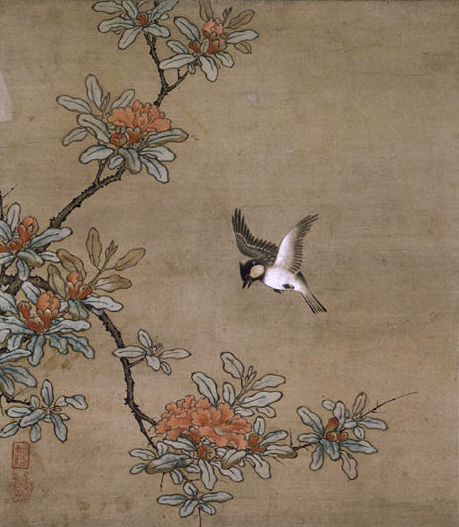
Back in the fall we highlighted the well-known song and poem “Harbstlid” (“Autumn Song”) by Beyle Schaechter-Gottesman. Unsurprisingly, the poet and songwriter, who passed away in 2013, had many pieces appropriate to this time of year as well. Here are two of them, translated by Moshe Zeilingold: “The Bird and I” and “Yes, the Yonder.”
Spring Song
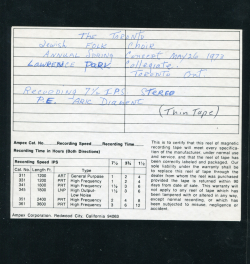
Finally, here’s a real treat. When we digitized the archival recordings of Montreal’s Jewish Public Library, we knew that the collection was a treasure trove of talks and lectures by a veritable who’s who of Yiddish writers and intellectuals. But there are all kinds of other items in there as well, including this recording of the Toronto Jewish Folk Choir’s annual spring concert in 1973. Enjoy!
